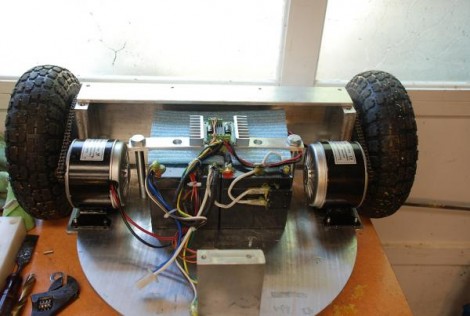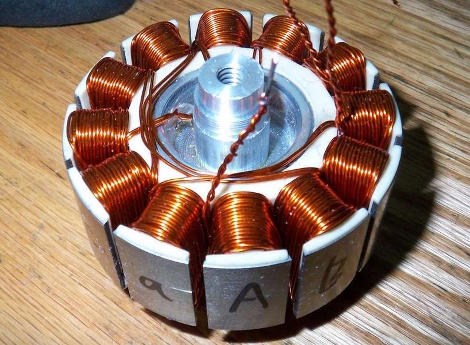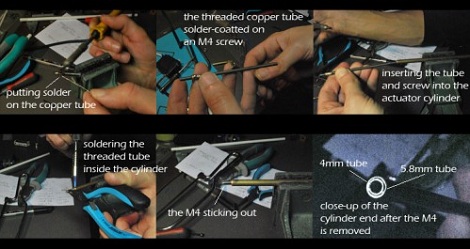
Motorized treads as a replacement for the heel of your shoe? Okay, remember how The Jetsons had moving sidewalks everywhere so you wouldn’t have to walk at all? Well, there’s a much more efficient way to do it and Treadway Mobility seems to have figured it out. In the video after the break you can see several of their prototype units zipping the wearer around quite happily. We think the best part is that with the tread locked in place you can stand and walk like normal, assuming you don’t feel like you have a block of concrete attached to each foot. Maybe the real question is which is more geeky, this or the power lace shoes?














